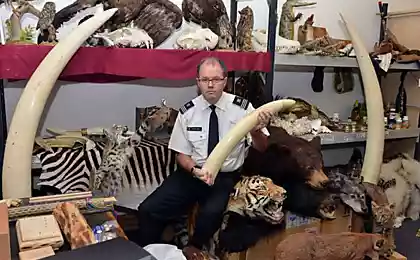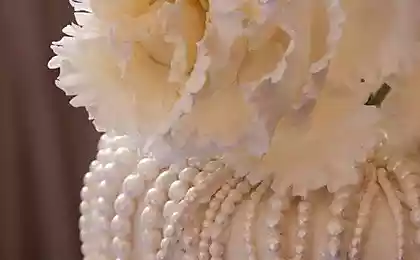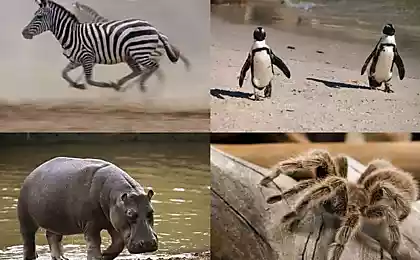1547
Rare animals of America
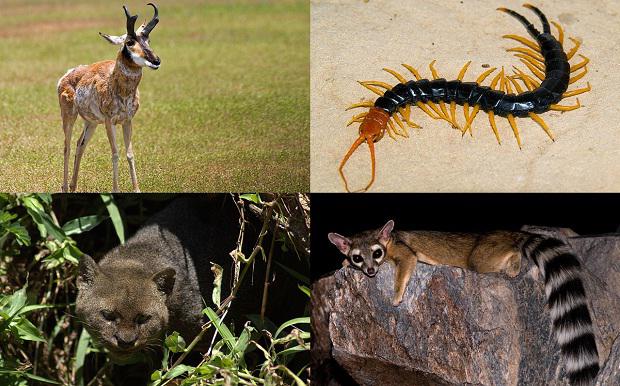
In South America, in the forests of this part of the world inhabited by a huge number of beings whose existence can not even guess zoologists. However, today we will focus on North America, the territory of which it is still possible to find amazing animals that are not found anywhere in the world and about which few people know. 1) North American kakomitsli (lat. Bassariscus astutus) 71,598,308
It may seem that this animal - a fantasy cartoon artist: his large, dark eyes and a striped fluffy tail. Kakomitsli is nocturnal, catches mice and easy to tame. These beings were called "cats miners", as they helped the miners to get rid of rodents. For a description of animal resembles a cat, but belongs to the family coon. 2) The collared peccary (lat. Pecari tajacu) 13,333,262
It appears this is not a boar, although similar to a wild pig. Bakers - mammal native to North America, but they are also spread in South America. They are pretty cute creatures that feed mainly on plant food. They are hard to spot in the wild, because they are quite secretive creatures do not need the company of someone and prefer desert area. 3) roseate spoonbill (lat. Platalea ajaja) 44,090,236
This bird - a real treasure of South Florida. In color, it is a bit like a flamingo, but has a completely different beak shapes. It feeds on small crustaceans, snails, insects and other inhabitants of the marshes. These birds belong to a social species, live in large flocks. 4) Pronghorn (lat. Antilocapra americana) 96,387,757
Did you know that the second fastest animal - hoofed pronghorn that lives in North America? Pronghorn lives on the grassy plains and semi-desert areas in the western states. These creatures can reach a speed of 100 kilometers per hour! Not surprisingly, predators with great difficulty can keep up with these animals, although some, such as wolves, lynx and pumam, yet it sometimes fails. Today pronghorn suffer at the hands of hunters and because of the loss of territories. 5) paddlefish (lat. Polyodon spathula) 22,925,444
This unusual freshwater fish - a reminder of the distant past of our earth, she lived back in the Paleozoic era 300-400 million years ago. Some fossils of this fish older than the dinosaurs! The fish lives in the dark smoldering rivers of North America. In recent years, fish mercilessly slaughtered because of the delicious eggs. Paddlefish is also suffering because of habitat destruction. 6) periodical cicadas (lat. Magicicada)
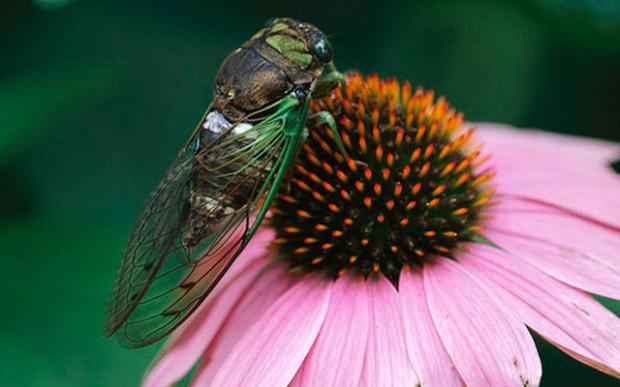
These insects have several groups with 13- and 17-year life cycle, they are well known to those who live in the northern states. Sometimes referred to as locusts, although they belong to an entirely different family. Cicadas are not poisonous, they do not sting, do not bite and do not represent a particular threat to man or plants. 7) Scolopendra California (lat. Scolopendra heros) 68,067,965
These centipedes strikes fear in many people in America. These relatively large skolopendry live in the southern deserts of the United States and may reach a length of up to 20 centimeters. Mostly nocturnal and like to hide under logs and stones during the day to escape the heat. They can be painful bite, so it's best to stay away from them. 8) Jaguarundis (lat. Puma yaguarondi) 29,038,061
Jaguarundis - a representative of the cat family, living in Central and South America as well as in the south of Texas. These cats are reclusive and have a wonderful appearance, reminding marten larger than a cat. They are rare, though least concern. Hunt peccaries, rabbits and birds. Jaguarundis problem today is mainly a loss of habitat due to human activities. By the way, a very small population Jaguarundis lives in Florida, although there is an invasive species. 9) American Shrike (Latin. Lanius ludovicianus) 33,000,182
These birds are sometimes called butcher birds because of their peculiar way of hunting. As predators, Tathagata can impale prey on sharp thorns of plants, and they not only feed on small insects, but also rodents and small birds. With a sharp hook beak they hold their prey. 10) Slim armored anguis (lat. Ophisaurus) 10,641,022
These creatures are often confused with snakes, when in fact they are related to lizards, but do not have legs. Like many other species of lizards, anguis may drop tail, if at someone grab. So they flee from danger. They feed on insects and rodents. The only difference between them and the snakes, at least in appearance, is that anguis able to blink. Snakes, as you know, there is no age.
Source: www.infoniac.ru/news/Udivitel-nye-zhivotnye-Ameriki-o-kotoryh-malo-kto-znaet.html














